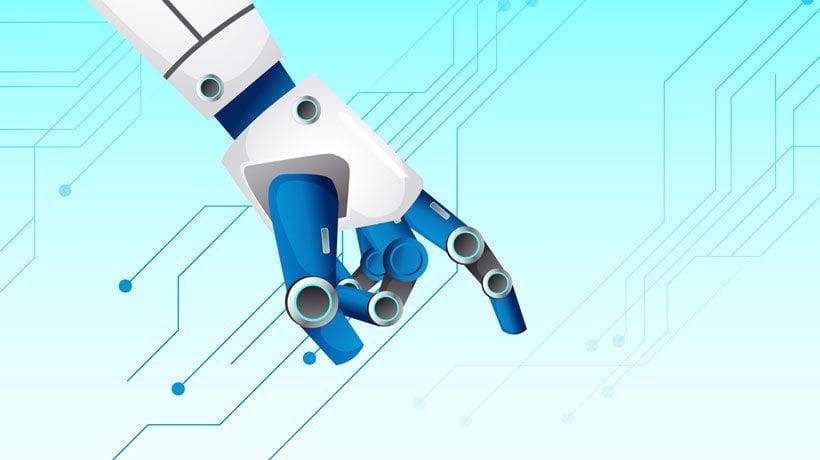
Natural Language Processing (NLP) and Chatbot Interactions
Natural Language Processing (NLP) is a field at the intersection of computer science, artificial intelligence, and linguistics concerned with the interactions between computers and human (natural) languages. It involves enabling computers to process and analyze large amounts of natural language data. One of the most prominent applications of NLP is in the development and enhancement of chatbots, which are AI programs designed to simulate human conversation.

What is Natural Language Processing (NLP)?
NLP combines computational linguistics—rule-based modeling of human language—with statistical, machine learning, and deep learning models. These technologies allow computers to comprehend, interpret, and generate human language in a way that is valuable.
Key Components of NLP:
- Tokenization: Breaking down text into smaller units (tokens), such as words or phrases.
- Part-of-Speech Tagging: Identifying the parts of speech in a sentence.
- Named Entity Recognition (NER): Recognizing proper nouns in text.
- Sentiment Analysis: Determining the sentiment expressed in a text (e.g., positive, negative, neutral).
- Machine Translation: Translating text from one language to another.
- Text Summarization: Creating a concise summary of a large text.
- Speech Recognition: Converting spoken language into text.
Chatbots and Their Evolution
Chatbots have evolved significantly since their inception. Early chatbots were rule-based and relied on scripted responses. Modern chatbots utilize advanced NLP techniques to understand context and intent, providing more accurate and human-like interactions.
Types of Chatbots:
- Rule-Based Chatbots: These rely on predefined rules and patterns. They can only respond to specific commands and are limited in their functionality.
- AI-Powered Chatbots: These utilize machine learning and NLP to understand and respond to user input. They learn from interactions and improve over time.
- Hybrid Chatbots: These combine rule-based and AI approaches, using rules for basic interactions and AI for more complex queries.
The Role of NLP in Chatbot Development
NLP is crucial in enabling chatbots to understand and generate human language. Here’s how NLP enhances chatbots:
- Understanding Intent: NLP helps chatbots understand the intent behind a user’s message, allowing for more accurate responses.
- Contextual Awareness: NLP enables chatbots to maintain context over a conversation, understanding the flow and providing relevant answers.
- Language Generation: Advanced NLP models can generate coherent and contextually appropriate responses, making interactions feel more natural.
- Multilingual Support: NLP allows chatbots to understand and respond in multiple languages, broadening their usability.
Key Techniques in NLP for Chatbots
- Intent Recognition: Identifying what the user wants to achieve (e.g., booking a flight, ordering food).
- Entity Recognition: Extracting specific data from the user’s input (e.g., dates, names, locations).
- Dialog Management: Managing the flow of conversation, keeping track of the context and state.
- Response Generation: Generating appropriate responses based on the user’s input and context.
Challenges in NLP and Chatbot Development
Despite the advancements, there are several challenges in NLP and chatbot development:
- Ambiguity: Human language is often ambiguous, and the same sentence can have multiple meanings.
- Context Understanding: Maintaining context over long conversations is challenging.
- Sarcasm and Irony: Detecting sarcasm and irony in text is difficult for chatbots.
- Bias in Data: NLP models can inherit biases present in training data, leading to unfair or inappropriate responses.
- Multilingual Processing: Supporting multiple languages with the same level of accuracy is complex.
Future Trends in NLP and Chatbots
The future of NLP and chatbots looks promising with several emerging trends:
- Improved Conversational AI: Advances in NLP will lead to more sophisticated and human-like chatbots.
- Emotion Recognition: Future chatbots may be able to detect and respond to human emotions.
- Personalization: Chatbots will become more personalized, offering tailored responses based on user preferences and history.
- Integration with IoT: Chatbots will be integrated with Internet of Things (IoT) devices, enabling seamless interaction with smart home devices.
- Enhanced Multimodal Interactions: Combining text, voice, and visual inputs to create richer and more engaging user experiences.
Conclusion
Natural Language Processing is at the heart of modern chatbot development, enabling machines to understand and interact with human language effectively. As NLP technology continues to advance, chatbots will become more capable, offering increasingly natural and meaningful interactions. The synergy between NLP and chatbots holds great potential for transforming various industries, from customer service to healthcare, by providing efficient and personalized user experiences.

